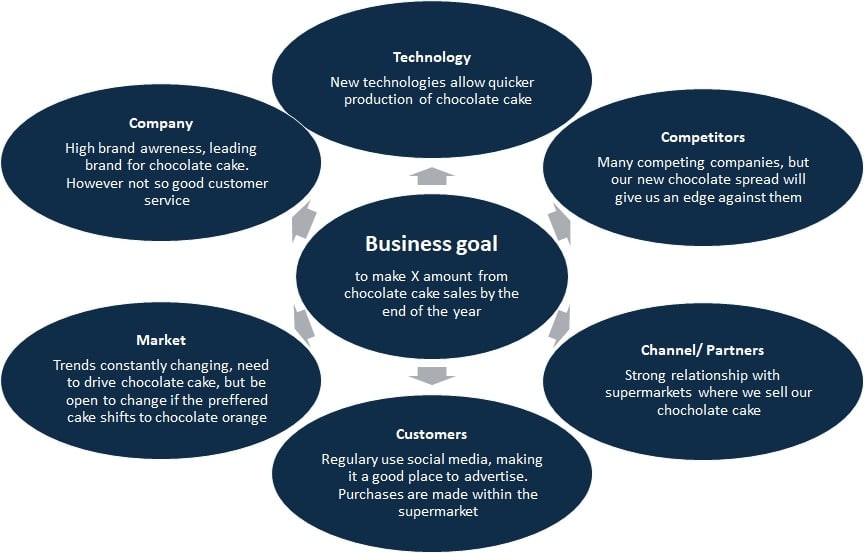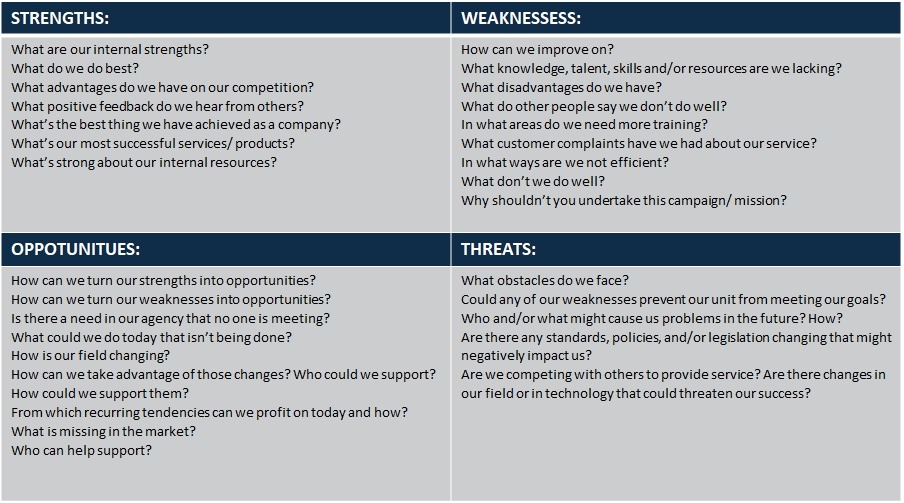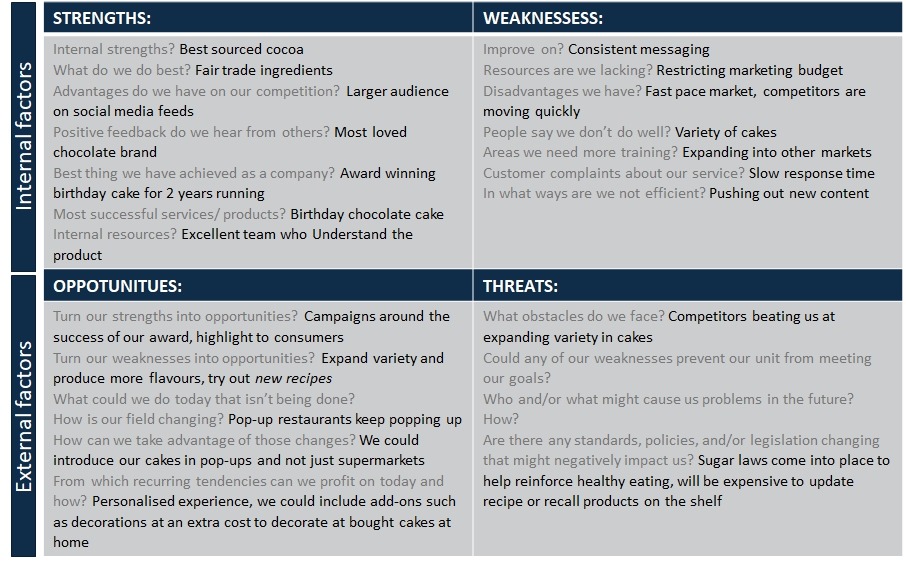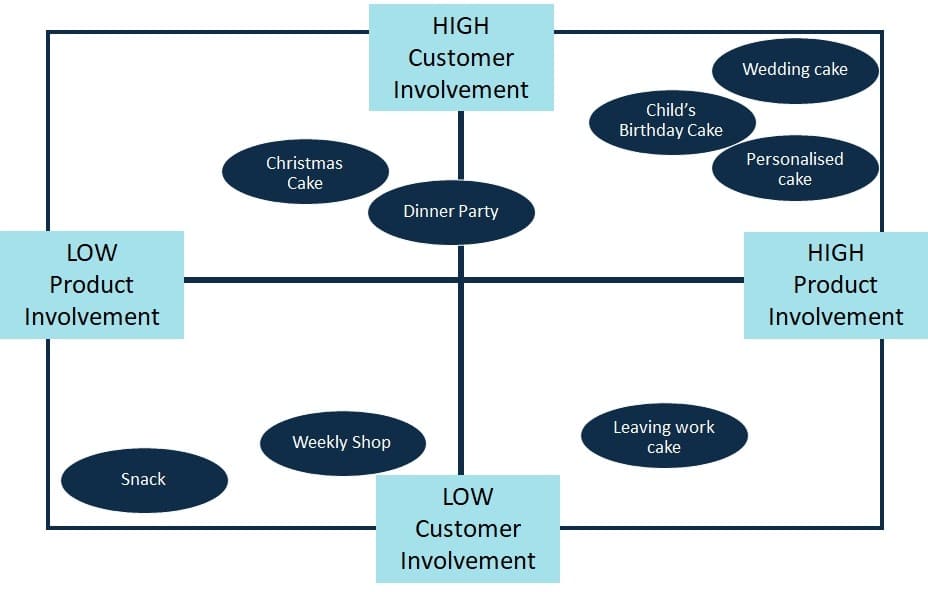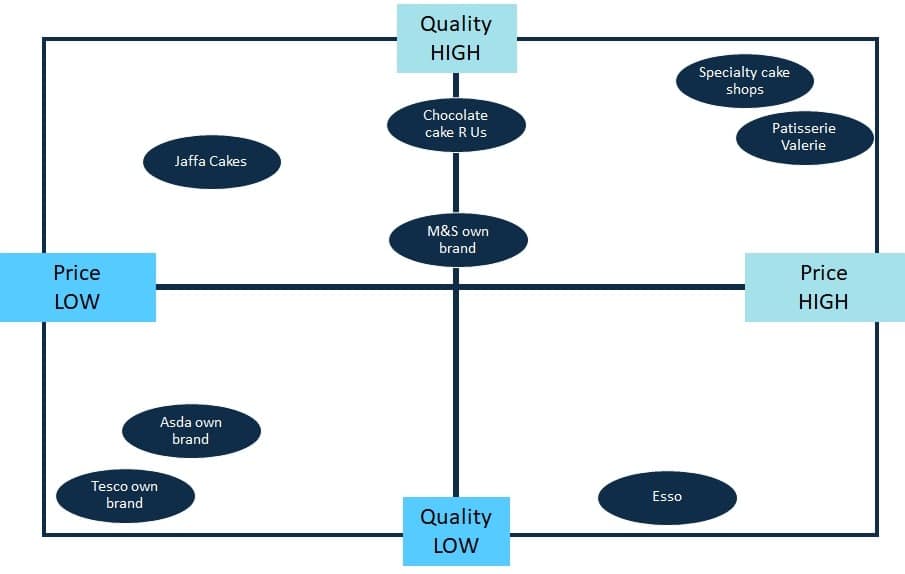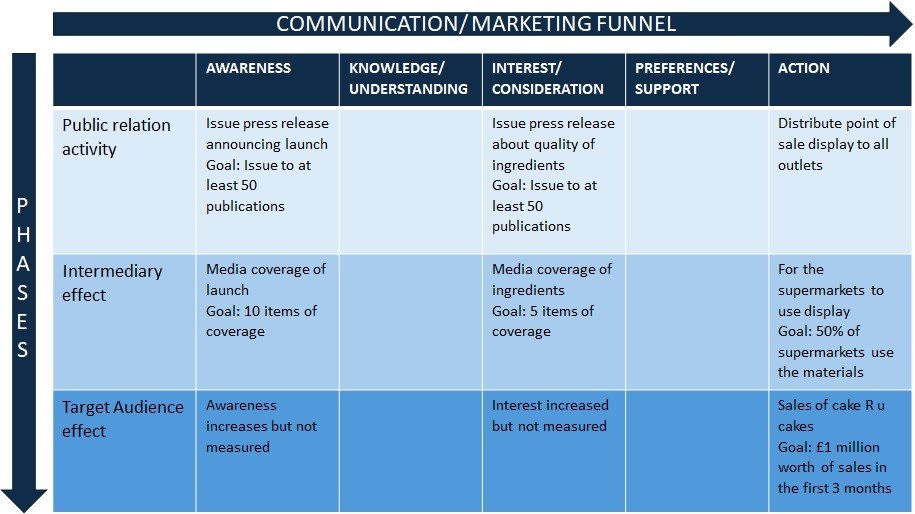WHAT?
The Napier approach was designed to help ensure we deliver the best service possible to our clients. A 4-step process tailored for the B2B technology market, ensures that we are applying the right processes and methodologies. Especially when planning, but also in our daily marketing activities. This approach is a great way to stop focusing on the individual activities and start thinking more creatively about new ideas for campaigns.
WHY?
It’s so easy, particularly with modern marketing technology to launch a campaign with minimal planning and strategy. Achieving the best results depends upon having a process that defines things like the objective and audience and considers the best messages and tactics to achieve the results. Following the Napier 4-step process gives us the confidence that what we are producing high quality work, consistently.
WHAT EXACTLY?
Step 1: Determine
What: This stage is about understanding the current situation and how we can outsmart the competition.
The best campaigns are built on understanding clients and their strengths. By identifying and prioritising the things that really matter, the client’s strengths are isolated, helping us to achieve business goals that make a difference.
In this stage we look at the client, their products, technologies, the market and their competitors. We use a combination of analysis tools, research, and our existing experience to identify marketing and business goals.
Activities/ Tools:
- Talking to the clients about their customers – This includes discussion around marketing goals, personal goals, and interviewing the client’s sales and marketing teams
- Communications audit -We use the Meltwater tool to analyse online media coverage
- Advertising audit – Print advertising audits require a lot of manual research an can be expensive, however, digital tools such as Spyfu provide us with good profiles of the SEM campaigns running
- Ambition star – This is a model derived from Porter’s five forces. We have adjusted the elements to make it more focused for technology clients, but here’s an example of how it’s used:
- Research – Surveys or qualitive interviews
- Situation analysis – SWOT. Here’s some useful questions that could help you answer your SWOT:
Here is a completed SWOT for said ‘Cakes R Us’ company:
- Product/ Customer involvement – B2B clients will know the distinction between high involvement and low involvement products. We use our product/ customer analysis tool to look at the relationship between the involvement of the customer and the level of involvement the supplier thinks the product demands. Here’s the Product/ Customer involvement in action:
- Other tools that aren’t specifically aimed at technology clients but still may be used are: PEST, and Porter’s five forces, and the Boston matrix
Step 2: Focus
What: It’s where we identify the messages, channels and tactics that will drive prospects through the sales funnel more quickly.
Identifying the people that matter allows us to classify key elements such as the personas, and buyer journey. This stage demonstrates the tools needed to increase the pace, that prospects move through the funnel. We recognise the channels that buyers are using, and use these channels to help bring them closer to reaching a decision.
By building messages that will resonate with your prospects and customer; means that you are getting through to them and they will be more likely to make the decision to purchase from you.
Activities/ Tools:
- Social media listening – Provides insight into attitudes and opinions of various stakeholders
- Audience targeting – Defining the right audience
- Stakeholder analysis – This involves building out a map of all your stakeholders, as not all stake holders will be affected by every business decision, this is a map that informs us who will be potential stakeholders and therefore educate our decision-making process
- Personas – Developing personas for the target audience is the main way we clarify segmentation. We use the persona tool within HubSpot for this
- Research and surveys – I’m sure this doesn’t require much explanation, we use this step to understand an individual’s perceptions
- Perceptual maps – This is what we gather from our research, here’s what they look like:
- Message development – Companies messaging chances too often as companies are acquired or new products are launched, we work with the client to develop their messaging (this includes their values, vision, competitor performance, to name a few)
- Messaging house – Because it’s too important to get the branding and storytelling right. This is document that is produced from the step above, your message development
- Buyer’s journey and Sales funnel – You’ve all heard of the sales funnel, and we lovingly support that methodology here as it can be applied to any sales process and it’s optimised for inbound marketing
- Customer journey map – This is an alternative way to. describe all customer experiences. It begins with the customer first impression of the company and then finishes after sale of the product, this map incorporates any friction in the process of buying
- Setting objectives (and SMART objectives) – Objectives must be SMART (Specific, Measurable, Achievable, Realistic, and Time bound)
- Valid metrics matrix – Built around the funnel and outputs, this model incorporates each stage in the funnel and the effect of these on you target audience, and intermediaries. Here’s the tool below:
- Briefing sheets
Step 3: Deliver
What: It’s where we deliver on campaign planning and strategy, to generate opportunities. In this stage we focus on achieving maximum impact on our tactics, from completing and delivering the work.
Activities/ Tools:
- Payment by results – We actively encourage PBR to ensure that our pay is tied to the success of campaigns
- Idea generation – Brainstorming and benchmarking are some of the ways that we generate ideas to be used for content and campaigns
- Project/ activity tracking – By using tools as simple as protect dashboards, we make sure that we can keep track of all campaign activities that are taking place and report back to the clients on our progress
- Dashboards including:
- Press releases schedules
- Article schedules
- Content planning
- Management tools schedules – Such as work-back schedules
- And of course, how we deliver on our services:
- Content planning and creation
- Managing written content
- Creation and editing of visual graphics
- Video production
- Website development
- PR and media relations
- Advertising and planning
- Publication analysis
- SEO services
- SEM
- Lead generation
- Email marketing (including database management)
- Email design and development
- Landing pages
- Marketing Automation
- Social media marketing
Step 4: Enhance
What: It’s essential that we not only understand which campaigns have been successful, but also understand what techniques got us there. Communicating success to the client is just as important as recognising a successful campaign. The tools and techniques that we use to measure campaigns can be found in this section.
It’s where we refine what we do to deliver a better return on investment. The other steps within the 4-step process involve continuous adjustments, to improve the campaign. Whereas ENHANCE takes a step back to look over the approach as a whole. In this stage we identify if the approach we are using is as effective as it can be, or we may decide to radically change the process for success. Enhance isn’t about ‘tuning our engine’ it’s more about ‘building a better engine’ (if need be).
Activities:
- Evaluation strategy – Good objectives and KPI’s will determine how you evaluate. This will have been set out in the planning stage of the campaign
- Media clips – We collect these in-house and share with clients
- Meltwater – Our tool of choice when it comes to collecting online cuttings, it allows us to eliminate specific searches such as press from news wires and crawlers. This allows us to send off only the highest-value of cuttings to clients, and exclude ‘spammy’ copies of content
- Coverage analysis spreadsheet – We believe this is standard format is the best way to present and analyse client coverage on a monthly basis, however, for specific campaigns we also do offer bespoke reports when required
- Online activity and advertising – This goes beyond simply calculating basic metrics of cost per click, when we have access website data we can dive into looking at channel specific traffic, conversions, customer value to name a few metrics
- Publisher stats – we use these as a last resort as you can never guarantee which publishers remove ‘spammy’ clicks and which include these within your data, never the less, they are still valuable when analysing campaigns
- Google analytics and client statistics – This is a better tool to understand the real value, we can easily remove clicks from users that have bounced as this signals that they were not interested in the content and therefore filters out any bots, or ‘spammy’ clicks as we say
- Marketing automation platforms – These platforms are highly important for tracking campaigns across all stages of a campaign, it gives insight into whether the interest from potential customers kicked off by a social media interaction, and followed that link through to the website where they decided to sign-up to a newsletter/ or even buy!
- Social media analysis – These are some of our chosen tools for social:
- KPI performance - Measurement matters! Marketing technology advances have made it easier to and more affordable to connect activities with outcomes, KPI’s (key performance indicators) are our tool for measuring the success
OVERVIEW
We use the Napier 4-step process to ensure we deliver the best possible campaigns for our clients, and also for Napier. The process not only generates great results, it also improves communication, both within the agency and without clients as we think about how to optimise the campaign.
Stuck for tools…? Why not visit our tool box?!
GET IN TOUCH
Interested in finding out how we can help you achieve your goals? Get in touch via the form below, and a member of the team will be in touch to arrange a meeting.

